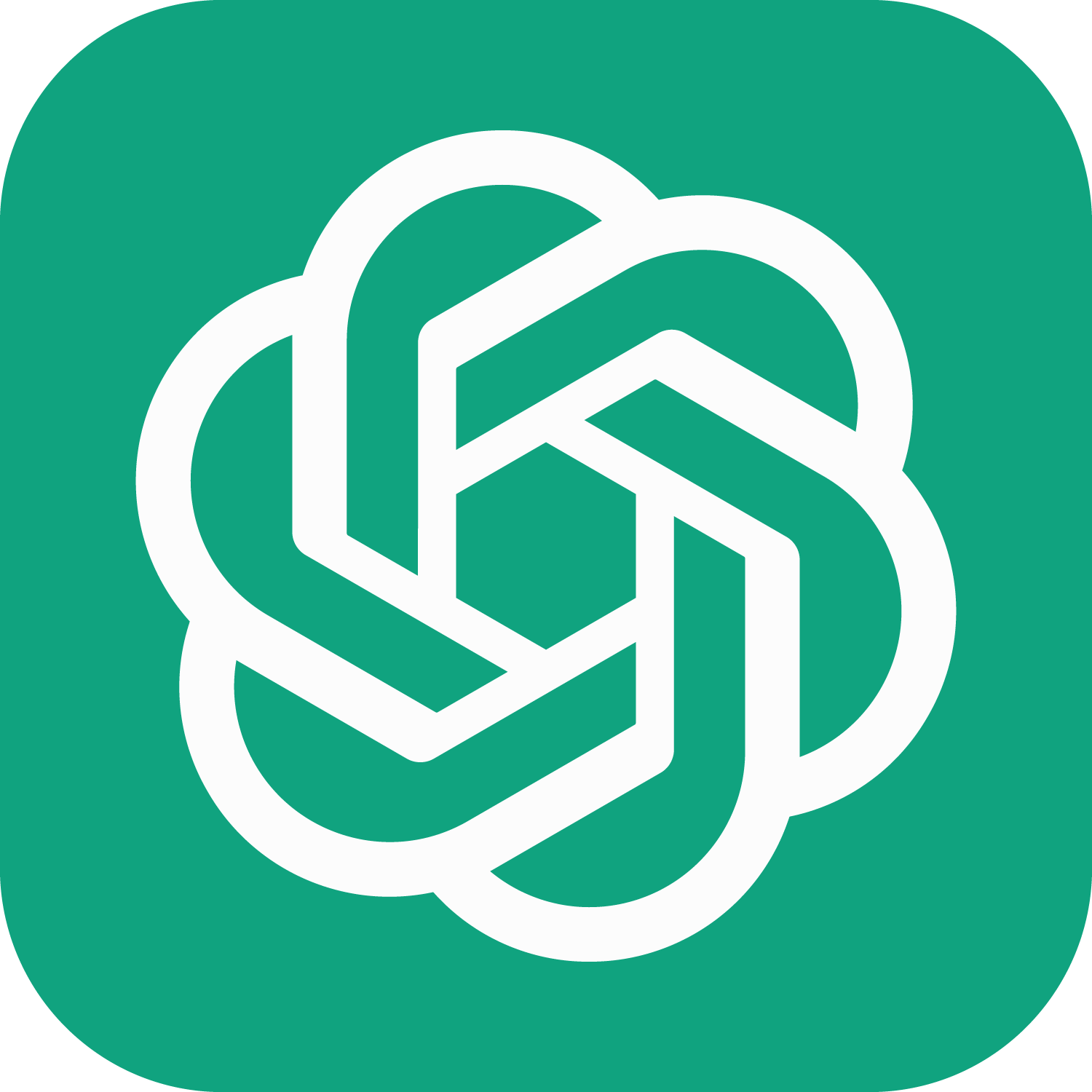Python is a high-level, interpreted programming language. It is known for its simplicity, ease of use, and readability. Some of the key concepts in Python programming include:
- Variables: used to store data in a program
- Data types: Python has a number of built-in data types, including integers (int), floating-point numbers (float), strings (str), and booleans (bool).
- Operators: used to perform operations on variables and values, such as mathematical calculations and assignments.
- Control flow: used to control the flow of a program, including conditional statements (if/else) and loops (for/while).
In Python, a variable is a named storage location that holds a value. Variables are used to store data in a program and can be used to represent different types of information such as numbers, strings, and objects.
To define a variable, you need to give it a name and assign a value to it using the assignment operator (=). The variable’s name must start with a letter or an underscore, and can only contain letters, numbers, and underscores.
Here are some examples of variable definitions in Python:
x = 5 # Defining an integer variable
y = "hello" # Defining a string variable
z = 3.14 # Defining a float variable
flag = True # Defining a Boolean variableIt’s also possible to assign multiple variables at the same time:
x, y, z = 5, "hello", 3.14Python is a dynamically-typed language, which means that variables don’t have a fixed data type and can change their data type throughout the program execution. This makes Python more flexible and easier to work with, but it also means that it’s important to be careful when assigning values to variables, to avoid unexpected behavior.
Once a variable is defined, its value can be accessed and modified by referring to its name.
x = 5
print(x) # Output: 5
x = x + 2
print(x) # Output: 7
It’s a good practice to use meaningful variable names, so that it’s easy to understand the purpose of the variable and the value it holds.
Python has several built-in data types, which include:
- Integer (int): whole numbers, such as 1, 2, and 3.
- Float (float): decimal numbers, such as 3.14.
- String (str): a sequence of characters, such as “hello” or “goodbye”.
- Boolean (bool): a true or false value, represented by the keywords True and False.
- List (list): an ordered collection of items, which can be of any data type.
- Tuple (tuple): similar to a list, but the items are immutable (cannot be changed).
- Set (set): an unordered collection of unique items.
- Dictionary (dict): a collection of key-value pairs, where each key is associated with a value.
- Complex (complex): a complex number with real and imaginary parts.
- NoneType (None): represents the absence of a value or a null value.
These data types can be used to store and manipulate data in a Python program. It’s important to understand the different characteristics and behavior of these data types in order to write efficient and effective code.
Here is a basic Python syntax example that demonstrates some of the key concepts in the language:
# This is a comment in Python, used to explain the code
# Variables can be defined and assigned a value using the assignment operator (=)
x = 5
y = "hello"
# Data types can be checked using the type() function
print(type(x)) # Output: <class 'int'>
print(type(y)) # Output: <class 'str'>
# Mathematical operations can be performed using operators
result = x + 10
print(result) # Output: 15
# Strings can be concatenated using the + operator
greeting = "Hello, " + y
print(greeting) # Output: "Hello, hello"
# Conditional statements can be used to control the flow of a program
if x > 3:
print("x is greater than 3")
else:
print("x is less than or equal to 3")
# Loops can be used to repeat a block of code
for i in range(3):
print(i)
# Output:
# 0
# 1
# 2
# Functions can be defined and called to perform a specific task
def add_numbers(a, b):
return a + b
sum = add_numbers(x, 10)
print(sum) # Output: 15
This is a basic example of the syntax of Python. It’s not covering all the functionality of the language, but it provides a good overview of some key concepts such as variables, data types, operators, control flow, loops, and functions.

